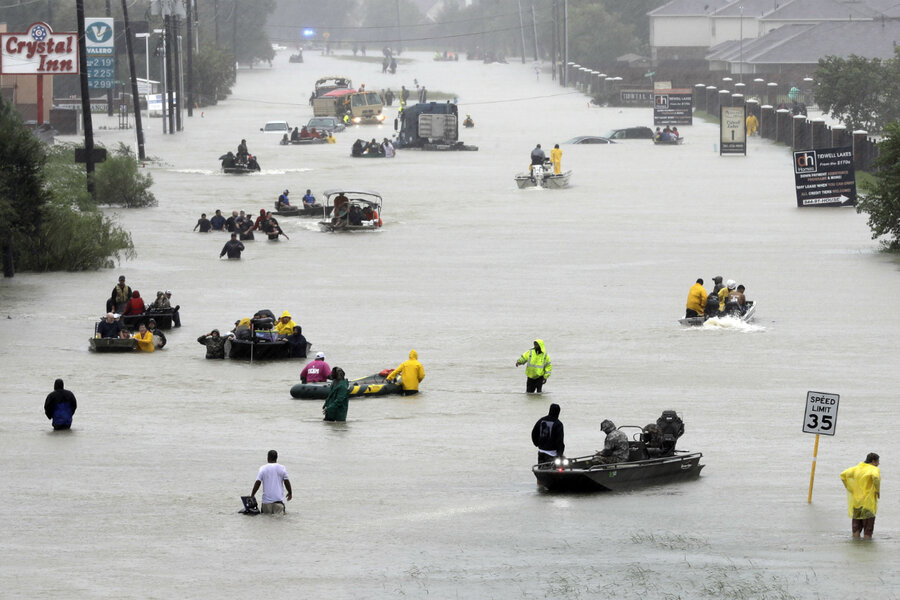Hurricane Harvey’s torrential downpours brought more than 45 inches of rainfall to some parts of Houston. The massive floods that followed displaced more than 30,000 residents and cost $125 billion.
Nearly 80 percent of the homes damaged by the hurricane lacked flood insurance. The National Flood Insurance Program, in debt since 2005, reached its $30 million borrowing capacity a month after the storm and had to be bailed out to continue paying claims. Harvey reignited an ongoing effort among lawmakers to revise the insurance program and direct more funding toward flooding mitigation efforts.
Houston’s position as the capital of oil country also stoked environmental worries. After Harvey’s landfall, a roof on a Valero Energy Partners oil tank partially collapsed, releasing a cloud of toxic pollutants into the atmosphere and highlighting the oil industry’s vulnerability to extreme weather. The environmental group, Environment Texas, estimated that refineries produced more than 2 million pounds of emissions from shutdown and startup operations related to the storm.







